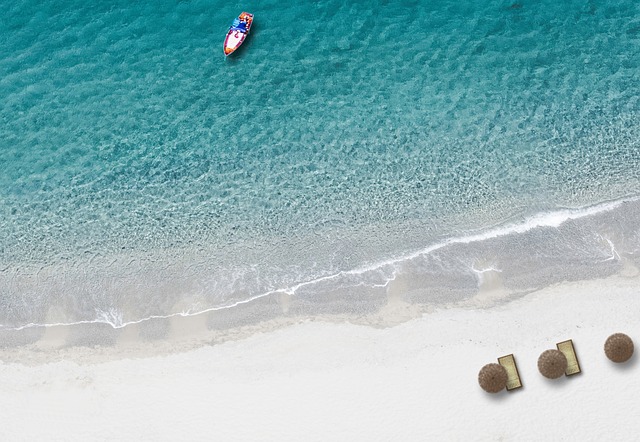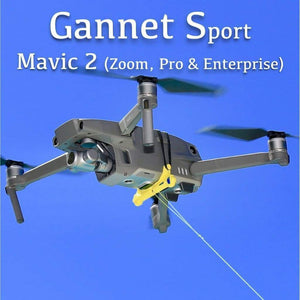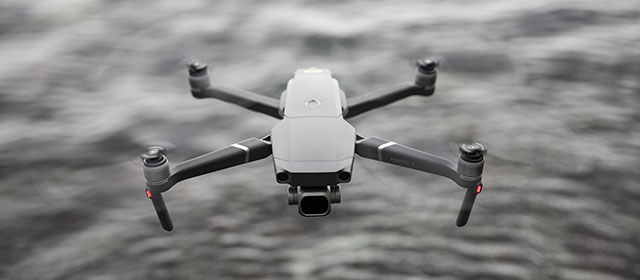
We'll be covering the basics of a drone-fishing rig in this article. We will also discuss what to look out for when selecting your drone, battery life and payload. Next, we will discuss how to get the best drone. Continue reading for more tricks and tips. You'll soon have the drone of your dreams! Let's get !... going and maybe even catch a few more fish!
Basic drone fishing equipment
A good set of hooks is the most important thing when you want to begin drone fishing. The fishing line should not be more than twice the length. It should be mono- or braided. A Cat's Paw Loop or Uni knot should be tied to the fishing line. A sinker, weighing between two to eight ounces, and hooks to attach each section to the backbone will be required. Attach the snap swivel's lead loop to your drone's end loop.
There are many options for creating a fishing drone. An easy way to make a fishing drone is to attach a hook onto the drone's landing gear. Then spin the line until the line is released. Droppers and drop lines can be used to keep the fishing net below the drone. A dropper allows you to keep the main line below the drone without getting tangled with the propellers. The fishing drones can also be equipped with accessories, such as a battery pack and a dock.
Once you have the basic drone fisherman rig purchased, you will need additional equipment. A long fishing line (approximately 700m) and a bait-dropping device are essential. These are optional extras but will make your drone fishing trip more enjoyable. A good drone will give you a clearer view of your surroundings, and you'll be able to spot fish more easily.

Payload for drone fishing system
You need to know the safety precautions that must be taken if you plan to catch a fish with a drone. Your drone should not be flown in strong winds or rain. These are some tips to help you get started:
Firstly, make sure that your drone has a solid carrying capacity. If you load it with heavy lures and braided line, it will not be stable. It may also blow off its course if you are fishing along the coast. You should also check the local laws and regulations as some might not allow drone fishing. After you have decided to go fishing with your drone, it is important to make sure that the drone has enough carrying capacity.
Next, you need to decide which accessories will be needed to mount your drone. To reduce weight distribution problems, a good rule of thumb is that your rigging system should have a central attachment. The motor struts of the drone, landing gear, as well as the legs are the most appropriate attachment points. Avoid attaching payloads to your camera or gimbal, as they can be damaged. You can tie a fishing line running from one end of the camera to the opposite. This can be secured with tape to prevent it from falling out.
Battery life for drone fishing rig
Before you take off fishing with your drone, make sure to check all the gear and batteries. This will keep your drone's battery charged and allow you to fish instead of worrying about charging it. You may be able to charge your drones using solar panels or batteries from your car. It is a good idea to start with fully charged batteries. This will ensure your drone is ready for flight as soon as your reach your fishing spot.

Another important factor to consider is the drone's flight time. While some drones can fly longer than others, the average drone can fly for around twenty-two mins. This is a great option if you plan to spend hours on the ocean with your drone. A drone that has limited endurance is likely to be unusable and renders it impossible to catch fish.
After you have setup your fishing rig, attach the fishing line clip to either the legs or the motor struts. Next, attach the bait line to the fishing line. Make sure that you lock your reel before you fly your drone. Once you are ready, unlock it. When you take the line out, tension builds and the drone drops the bait in the water. You should charge the battery every time you use it, otherwise it might not function properly.
FAQ
Is it legal to fly a drone in the United States?
Yes, it is illegal to fly drones in some countries like Australia, Canada and New Zealand. It is legal to fly drones in other countries like France.
What US states are drones legal?
A drone can be legally operated for recreational purposes. The Federal Aviation Administration (FAA), has established guidelines that allow the use of small unmanned aircraft systems (UASs). Before UASs can be flown, they must be registered with FAA. If certain conditions are met the FAA will allow commercial operators to fly these drones.
What is it like to travel by drone?
Drones are increasingly becoming popular both for personal and commercial use. They are used for video, filming aerial mapping, search &rescue, and many other purposes. Recently, the FAA approved new regulations for drones, including requirements for registration, licensing and pilot training. These new regulations will ensure drones are safe for all.
What are the laws around flying drones?
In the United States, the Federal Aviation Administration (FAA) regulates all aspects of drone operations. A certificate issued by the FAA is required to commercially operate a drone. First, you need to take a course about piloting and pass an exam. The final step is to pay the fee.
What are the rules and regulations for drones operation?
You need to register your drone with the FAA. The registration process requires you to provide information about your device, such as its weight, dimensions, battery capacity, operating frequency, and battery life. You will also need to get an FAA identification number.
Do drones fall under the control of the FAA?
The FAA oversees all aspects of drone operations, including safety standards, certification requirements, and licensing procedures.
Statistics
- Research and Markets predict a growth rate of 51.1% over the next five years. (thedroneu.com)
- According to ZipRecruiter, the minimum hourly wage of drone pilots is $20. (thedroneu.com)
- According to the multiple listing service (MLS), houses and apartments with drone photographs are up to 68 percent more likely to sell than those without pictures. (thedroneu.com)
External Links
How To
How to Fly Drones for Beginners
A drone refers to a remote-controlled aircraft designed for aerial photography, surveillance and scientific research. Drone technology has been around since World War II. DJI introduced their Phantom series of quadcopters in 2010, but commercial use only began in 2010. From beginner-friendly drones such as Parrot AR Drone 2.0 through professional-grade multirotor craft like DJI Mavic Pro, many types have been available.
There are many options for flying a drone.
-
Remote control – This is when you attach a device to your hand that allows you to control the drone's flight path. There are two main types, On/Off switches (like radios) and joysticks.
-
Manual Control – This method lets users remotely control the drone by using a smartphone app. You must keep track of the location where you want the drone to go and follow the instructions from the app.
-
Autonomous Flight: This means that the drone will take care of all the piloting. It allows the drone to fly independently without any human intervention. For the autonomous flight to occur, the drone must have a built-in camera and sensors capable of capturing images and data.
-
Triggered flight - This is similar to manual control except that the pilot sets up a preprogrammed route and the drone follows the route until it reaches its destination. Once the programmed route is completed, the drone lands automatically and returns back to the base.
-
Landing Gear – Some drones are equipped with landing gear, which allows them to safely land if they lose power during flight.
-
Goggles-Some pilots use goggles to protect their eyes from debris during operations.
-
Camera - Certain drones come with cameras that allow you to take photos and videos from high above.
-
Obstacles-Some drones come with obstacle avoidance devices that keep them from hitting obstructions.
-
Speed – Some drones can reach speeds in excess of 40 mph.
-
Battery Life - Most drones can last between 20 minutes to 3 hours, depending on how much power you're using.
-
Some drones have a range of up to 30 miles, depending on their model.
-
Power source: Some drones will require an external power source while others can be powered by internal batteries.
-
Weight – Some drones are less than one pound, while other models can be up to four pounds.
-
Size - Drones range from small devices that fit in one's palm to large crafts that weigh more than 50 pounds.
-
Price - Drones come in a variety of price categories, including high-end models which can run into the thousands and low-cost options that can start at $100.